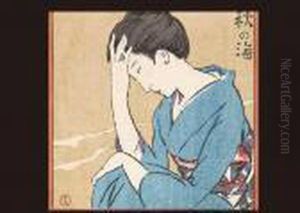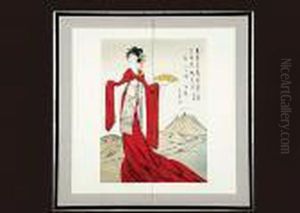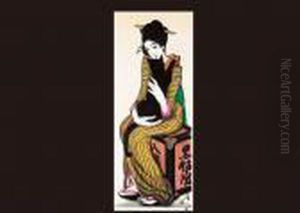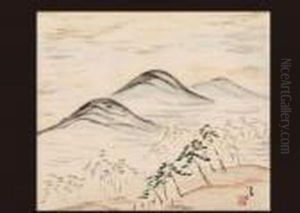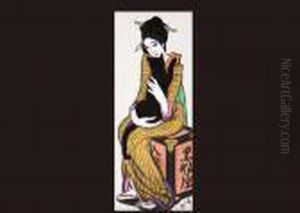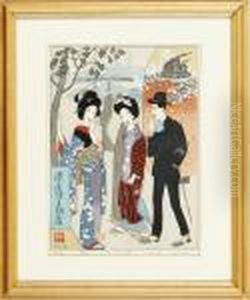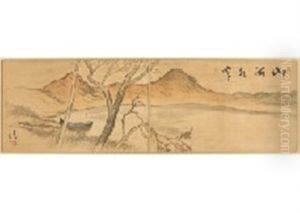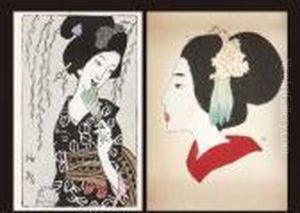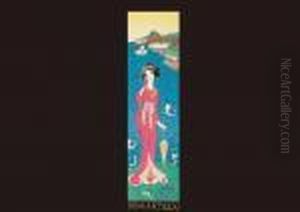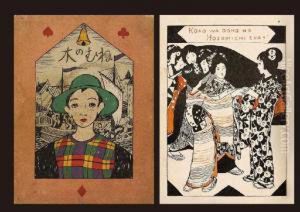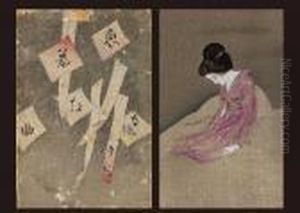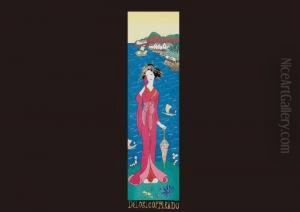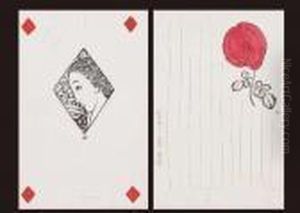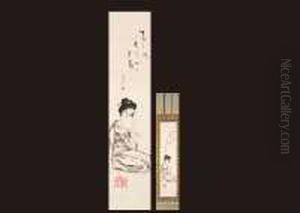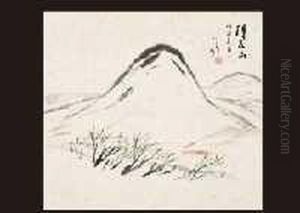Takehisa Yumeji Paintings
Takehisa Yumeji was a Japanese poet and painter, born in Okayama Prefecture on September 16, 1884. Yumeji has been often categorized as a romanticist and lyrical artist, who developed a unique style that was not bound by the existing nihonga (Japanese-style painting) or yōga (Western-style painting) schools of art of his time. Instead, he carved out a niche for himself with his distinctive blending of Western and Japanese techniques, and his work featured a recurring theme of beautiful women characterized by their melancholic and somewhat ephemeral beauty.
Yumeji's career as an artist began in the early 20th century, a period marked by rapid modernization and Westernization in Japan. Despite not receiving formal training in art, he managed to establish a name for himself through his illustrations, graphic designs, and paintings. He was also involved in the world of poetry and produced several works, many of which were later illustrated in his prints.
In the Taishō era (1912–1926), Yumeji's popularity soared. He became a cultural icon, resonating particularly with the youth of the time. His fame was bolstered by his involvement in the burgeoning cultural scene in Tokyo, where he contributed to magazines and participated in the world of literary arts.
Despite his popularity, Yumeji's work was often criticized by the art establishment for being too commercial and for not conforming to the more traditional art forms. Nevertheless, his style, often referred to as 'Yumeji-ism', has left a lasting impact on Japanese art, influencing subsequent generations of artists and illustrators.
Yumeji's health began to decline in the early 1930s, and he traveled to Europe in search of treatment. Unfortunately, he did not recover, and he died in Berlin on September 1, 1934, at the age of 49. After his death, his work continued to be celebrated, and he is remembered as a significant figure in Taishō-era culture and as an artist who brought a unique sensibility to early 20th-century Japanese art.
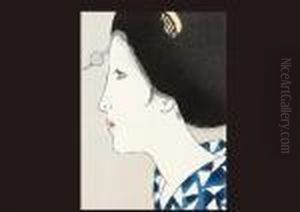
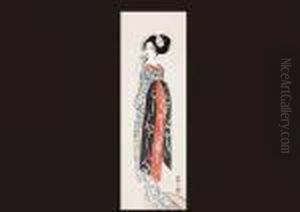


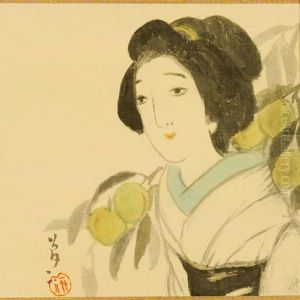

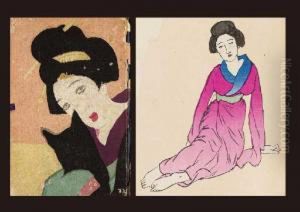
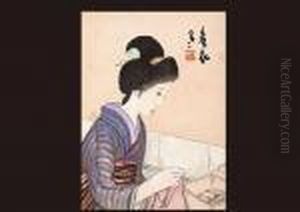
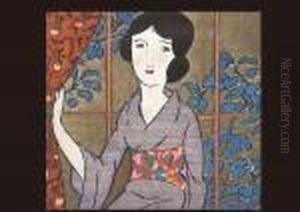
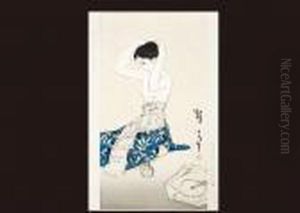
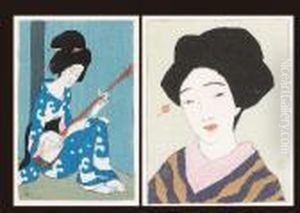
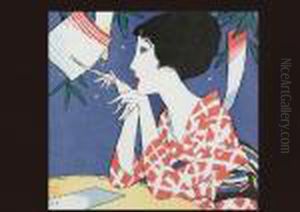
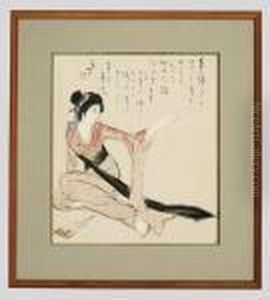
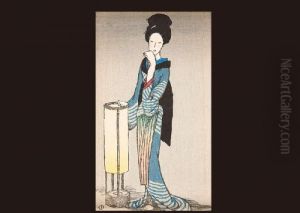

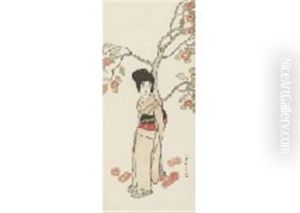
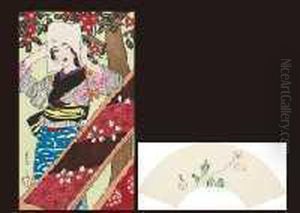
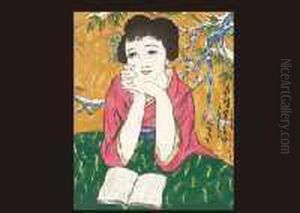
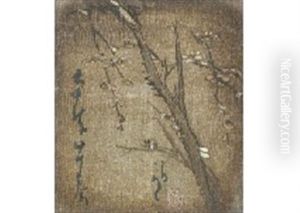

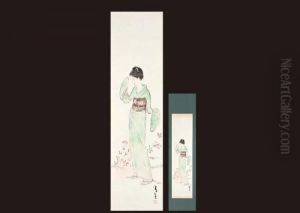

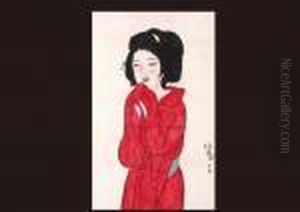

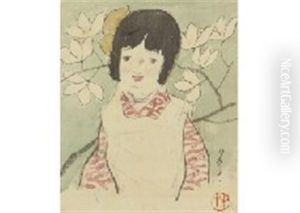
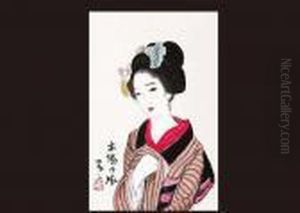
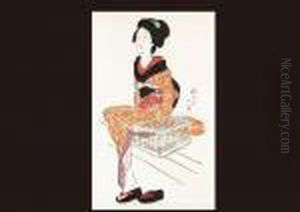



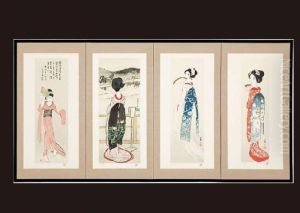
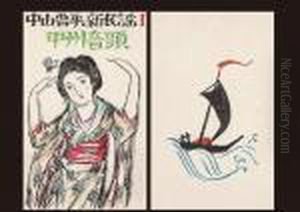
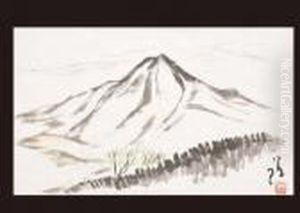





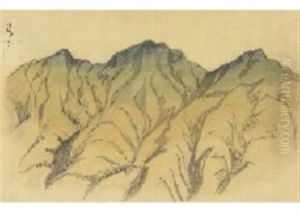
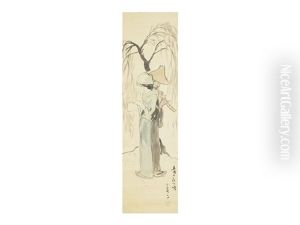



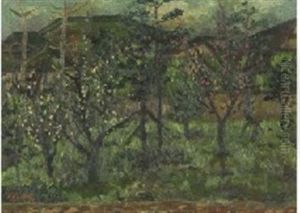
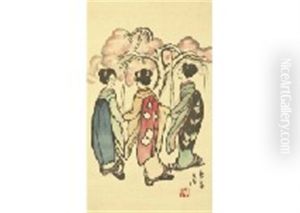




![Looking At Falling Snow, [1924]](https://www.niceartgallery.com/imgs/1708426/s/takehisa-yumeji-looking-at-falling-snow-1924-7289ba07.jpg)
